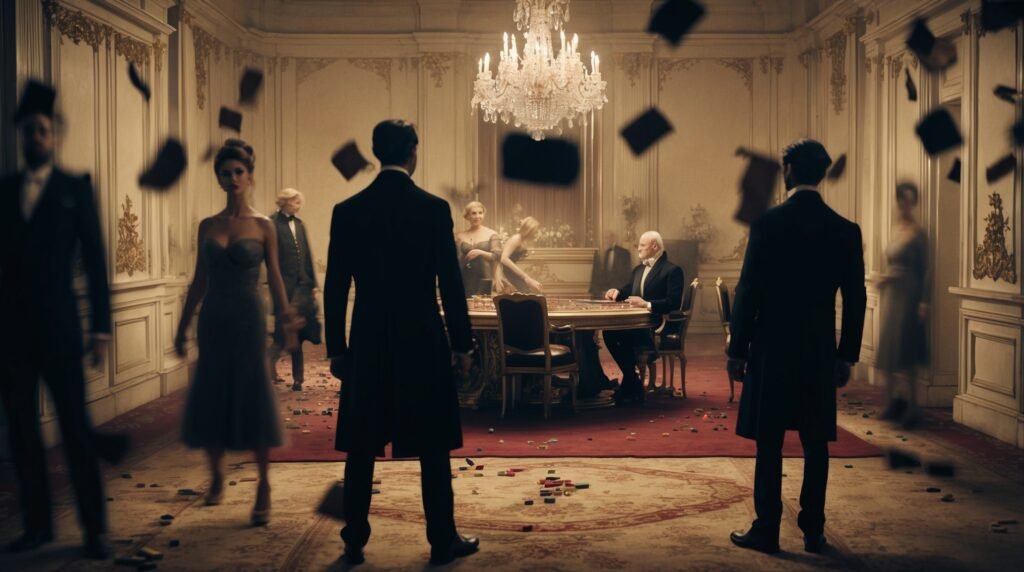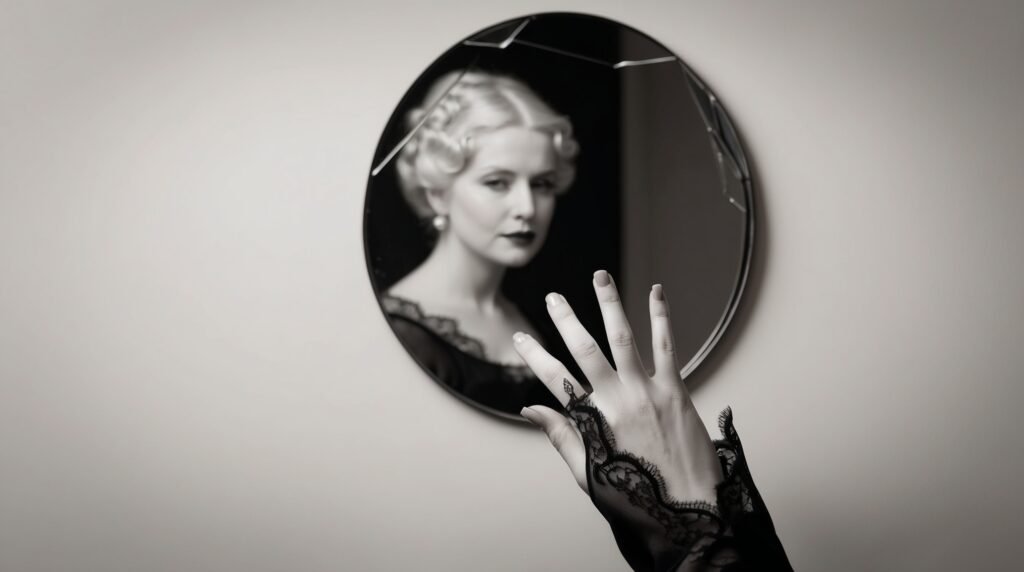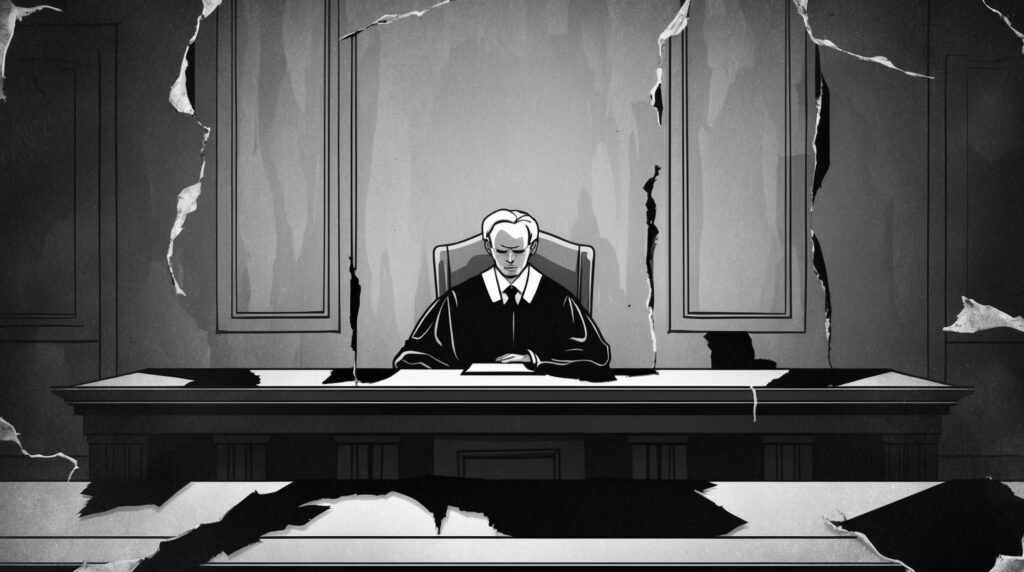Introduction to the 17th Century Death Roulette
Step back in time to the murky depths of the 17th century, where life and death danced a precarious tango. Within this historical tapestry lies a chilling phenomenon known as Death Roulette—a macabre game that entwined chance with survival. Picture dimly lit taverns filled with hushed whispers, players clutching dice made from bone, each roll deciding not just fortunes but fates. This dark pastime captured imaginations and terrified many, all while illuminating the human desire for thrill amidst uncertainty. Join us as we peel back the layers of this sinister game and explore its origins, allure, dangers, and lasting impact on society. Buckle up; it’s going to be a wild ride through history’s shadowy corners!
Table of Contents
The Origins of the Game and Its Rules
The history of 17th Century Death Roulette can bring the reader to one branch of history which is infested with a lot of wars, indistinct apothesis and either mobility or immobility power struggles. Creative a truly sensational return to the source of the mess, it is populated by teeming with those who want emotions even under the threat level buckle.
Anywhere a group of players assembled, off the official view, they found a circle and took turns spinning a wheel with various fates inscribed on its surface; some of these fates encompassed death while others were an afterthought. The betting felt more and more intense as the factor of luck came into play; each participant alternated in courting death depending on the position of the wheel.
Each region established its own rules and across the board, it was never only about playing for money, but betting with one’s own life. Alliances could be formed or broken among players to increase chances of survival. Competition and strategy methodically addressed every layer of the wheel of fortune that was spun.
As more and more players were drawn to the game, the strategies of playing advanced to more difficult levels. Every new version of the game took more than just a fancy word and incorporated societal ghastliness and greed of the time, which was quite disturbing in its own way, but rather a reflection of the game’s very nature.
What Made 17th Century Death Roulette So Popular?

The very attraction of 17th Century Death Roulette was in the blend of chance and death that the game offered. Where even a player was put into a do-or-die situation – this was both exciting and frightening. This daunting experience attracted those who were amused by the bets placed on the lower tendencies of humanity.
There was a social status impact too. Nobility played the game and brandished their riches while taking dangerous risks. It turned into a spectacle, with gaping spectators who wanted to see just how it would play out.
Furthermore, that period’s obsession with games of luck and wagering participation added to the allure of such games. Discussions regarding fate and everything related to it went in hand with the lethal games making them beyond just some pastime leisure.
17th Century Death Roulette entertained the ordinary— a short rendezvous in danger that seduced many in the quest for fun amid the strife. Its dosage of risk and thrill meant that even contemporaneous sent rumours down history’s lane many centuries ahead.
The Risks and Dangers of Playing 17th Century Death Roulette
17th Century Death Roulette was more than a game and more of an adventure into the ultimate life gamble. They had their lives on the line, many for no more than something to do. The risks were many, and the outcomes were most likely fatal.
The participants faced uncertainty about the consequences. Some bad outcomes were even worse and one spin of the wheel could end up in painful injuries or death. Many players failed to realise how serious this game could get until it was all too late.
The mental aspects were also quite draining to the participants. Terror and nervousness were prevalent, as players waited for their opportunity to spin the wheel. Each time the wheel was turned and came to rest, those present knew that there was still more agony in store.
Also, physical threats were not the only types of risks that one would endure. Victims’ families endured ostracisation or feelings of humiliation for taking part in this terrible sport. In 17th Century Death Roulette, the lines between the pursuit of excitement and moral degradation became so blurred as to leave disturbing memories in every individual who wished to engage in the game.
Famous Players and Their Stories

Among the notable personages connected with 17th Century Death roulette too is mentioned a nobleman – Lord Ravenscroft. A compulsive gambler he became one of the interesting spectacles and one of the ill omens. Some of the legends say, he used to play during rough weather as he thought that those who do not fear, fate are with them.
Another notorious gambler was Lady Marguerite de la Croix. While her beauty was a great cause of attraction, it was her will to take risks that drew attention. It is said that she frequently gambled with her life and the lives of others, and even bet on their own jewels.
There is also a story of Brother Simon who surprisingly to some became a participant in 17th Century Death Roulette in order to gather money for his monastery and shock others. There are bizarre examples of the overlap between the Orthodox faith and the more dangerous society that existed during those dark days.
Every player’s journey contributes to the development of the game’s stories, linking their lifespan to the nether regions of history and bringing interest over the ages.
Impact on Society and Culture
The 17th Century Death Roulette had a far-reaching influence on society and culture. Popularization in such a way left a trace in everybody’s life and became even a part of the performing arts. The emergency of high stakes in stories gave rise to genres that hated the most – survival and explorations of the dark side of humanity.
Societal views about death and fate were mirrored in this game too. It inspired debates about morality, predestination, and the value of life – the topics that were very hot-vested in the times of plague or war.
Additionally, it maintained a sense of loyalty towards the players. Enduring such harsh psychological trauma built the connection as they took impossible chances.
Audiences started dealing with the controversies of entertainment derived from deadly games. Arguments arose as to what was right and what was wrong with playing physical games when one was struggling for their life.
In the end, through its very complicated outlook, 17th Century Death Roulette was something much more than a mere offering; it was another way of looking at the fears and obsessions inflating an entire epoch.
Banning of Death Roulette and It’s Legacy

The relations of people towards such deadly activities as gambling as well as with human life progressed throughout the 17th century. Death Roulette was increasingly regarded as barbaric and, thereby, openly confronted by both religious and moral leaders.
Government steps were taken because the shocking character of the game made it necessary. Already by the last decades of the century, most areas underwent bans intended to bring the game’s popularity down. Such laws were not created merely for saving life but were also representative of a growing demand for courtesy and politeness in a population.
The revulsion of the death-driven gambling, nonetheless, did not kill every imagination and whisper of this war game out of existence. The game soon became a parable of excess and decadence, or rather, mankind’s vices.
In more recent years, its influence can be seen in debates about ethics and risk in entertainment activities. Even today, this bowl game continues to capture the fascination of scholars and couch potatoes notwithstanding its disturbing nature.
Modern Adaptations and Controversies Surrounding the Game
It is Crime and Gambling as well as Crime and Society that are unthinkable. 17th Century Death Roulette elegant tranches have occupied even telephone booth views and turn pylons: psychoproatons have forgotten.
In the 21st century, history is reinterpreted in the form of games or immersive performances, in a way attempting to preserve the excitement and sensations of the original game. The same kind of ideas were implemented in virtual reality and escape rooms, where people face challenges that are hard to step back from.
These adaptations however come with their fair share of issues. Those who advocate for the late translation of such work into the screen relay that such depiction makes a caricature of the agony of real people who were in such danger for ages back. The concern sociologically is looking at a thin line between fun and being abusive.
On the other hand, some of those new versions go over the top about what is considered correct, leading some organizations for decent games to be furious. Maintaining the level of the game’s enthusiasm and respect towards history is still a task to accomplish today in the revolution of disturbing leisure activity.
Conclusion: Lessons from the Dark History of Death Roulette
The very existence of the game 17th Century Death Roulette in the seventeenth century should help explain the love which humanity has for risk-taking. Every game is culture-based, and thus this one reveals the perceptions existing towards death and life and how societies function. The participants were usually in a state of ecstasy and terror, throwing themselves into the center of the action, with no thought of, or interest in, the outcome.
As we look at this traumatic period of history, it is also important to reflect on the advances we have made in how we relate to ethics and life. Some remain thrill seekers to this day, but the case of the 17th Century Death Roulette teaches us that it is better to value life than to engage in life-threatening gambling games.


